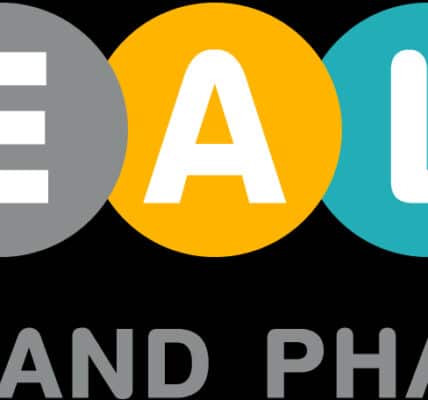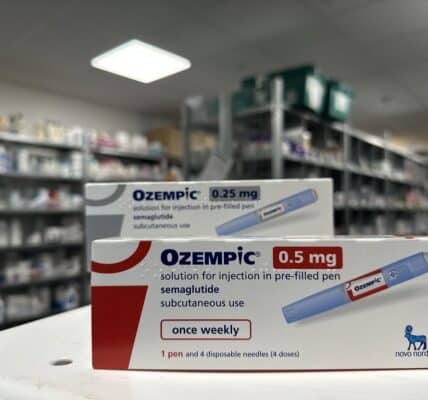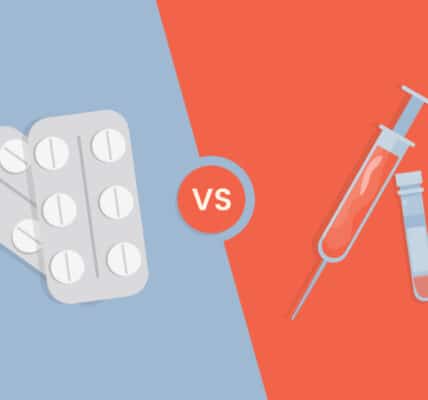The Latest Research on Using GLP-1 Drugs to Battle Addiction

The American Society of Addiction Medicine (ASAM) recently held their 56th annual conference in Aurora, Colorado. One of the theme for this year’s conference was “pain and addiction,” including presentations on:
- Understanding the Role of the Central Nervous System in Chronic Pain
- Mindful Relaxation for Chronic Pain
- Management of Patients With Buprenorphine for Chronic Pain
- Navigating Nonclinical Challenges and Access to Buprenorphine
We have recently covered developments in the distribution and provision of buprenorphine, which is credited with the decline in overdose deaths in the U.S. That program is now imperiled by the merger of SAMHSA into the new Health and Human Services America’s Health Association (HAHA). We’ve also covered mindfulness therapy here at AddictionNews, including a recent study that indicates mindfulness can repair the addiction-damaged brain.
The big news at ASAM-56, however, was the general session on Friday, April 25, regarding the use of GLP-1 receptor agonists (GLP-1 drugs) in the treatment of substance use disorders (SUDs). In their coverage of the conference, Forbes reporter Lipi Roy, MD, MPH, outlined the stunning growth of GLP-1 drugs:
2000 – Liraglutide began clinical trials
2005 – Exenatide was first FDA-approved GLP-1 drug
2017 – Semaglutide (Ozempic) was approved by the FDA for Type 2 diabetes
2022 – Tirzepatide was approved
2022 – GLP-1 drug sales reached $22 billion
Forbes quotes Dr. Joji Suzuki, director of the Division of Addiction Psychiatry at Brigham and Women’s Hospital in Boston, Massachusetts, and a presenter at ASAM-56:
The exciting part is that GLP-1 RAs might benefit a broad range of addictive behaviors including disordered eating or behavioral addictions.
And there it is: the potential for a universal treatment for behavioral disorders and SUDs, which suggests the possibility of A Unified Theory of Addiction based on the displacement of stress. The prospect of treating multiple addictions at once is particularly attractive. Dr. Luba Yammine, associate professor at the University of Texas Health Science Center at Houston, told Forbes, “GLP-1 RA medications may become a pharmacotherapeutic approach for treating polysubstance use.”
Speakers presented the evidence for the use of GLP-1 drugs in the treatment of alcohol use disorder, something we have covered at length here at AddictionNews. There was nothing presented regarding opioid use disorder and GLP-1 drugs, and nothing very conclusive regarding GLP-1 drugs and stimulant disorders, such as cocaine addiction or methamphetamine addiction.
While a great deal was suggested about GLP-1 drugs and substance use disorders, very little new was learned, leading Forbes to ask if it was “hope or hype?” They concluded their coverage with this lukewarm endorsement:
Current data on GLP-1 receptor agonists and addiction is certainly promising. Decreased mortality, anti-inflammatory properties and neuroprotective effects can be beneficial in chronic substance use which is associated with neuroinflammation and oxidative stress.
Stay tuned to AddictionNews if you want the very latest breaking stories about GLP-1 drugs and addiction treatment.
Written by Steve O’Keefe. First published May 13, 2025.
Sources:
“Hype Or Hope? Latest Research On GLP-1 Receptor Agonists And Addiction,” Forbes, May 6, 2025.
“Managing Addiction Sessions at the 2025 ASAM Annual Conference Preview,” Guide Central, April 3, 2025.
“Glucagon-like peptide 1 agonist and effects on reward behaviour: A systematic review,” Physiology & Behavior, June 28, 2024.
Image courtesy of Wikimedia Commons, used under Creative Commons license.




